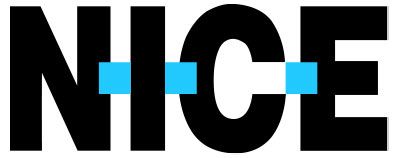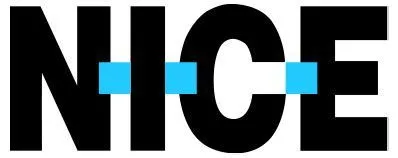This blog is part of a series focused on solving contact centers’ top concerns.
“Please hold: Your call is important to us.”
It’s a recorded refrain every consumer has encountered at one point, but what happens next varies greatly. Time spent on hold is affected not only by unexpected surges in demand or staffing shortages but also in many cases by operational processes set based on a contact center’s service objectives.
Service objectives are a top priority for contact center managers across industries as they work to improve operations and achieve their key performance indicators – they provide a window into how quickly agents are responding and the customer’s experience during the wait. Service objectives are usually measured as Service Level, which is typically defined as the percentage of calls answered within a predetermined number of seconds. In general, the faster an employee answers a customer call, the higher service levels tend to be.
Many contact centers target a service level of 80/20, which means that the organization is trying to answer 80% of all calls within 20 seconds, or about five or six rings. Other objectives include Average Speed of Answer (ASA) and Maximum Occupancy.
Many contact centers base their service goal on an industry standard, according to a study by the Society of Workforce Planning Professionals (SWPP); the industry standard for ASA, for example, is about 28 seconds. Once you’ve set a target in seconds, you can state your service level as a percentage. About 40% of contact centers measure service goal success by their daily average while another 40% use a monthly average as their performance number, the SWPP study found.
When using service objectives, there are a few considerations to keep in mind:
- Different contact types have different objectives. In addition, customer demands and market conditions change rapidly, making it important to keep service objective targets fluid based on customer type, call type, campaign and the competitive landscape. About a third of respondents in the SWPP study, however, said they have had the same service goal for over five years.
- Typically the metric begins counting seconds after the customer leaves the interactive voice response (IVR) system, so it’s not indicative of total time to reach an employee.
- ASA doesn’t consider abandon rates; if a customer ends the call before being connected to an employee, the call does not count toward the ASA figure.
- Contact centers need to observe the outliers that affect averages. Consider the lunch hour, for example, when a combination of increased traffic and poor scheduling could leave customers queuing for two minutes while answer times for the rest of the day hover around 10 seconds. While this would raise the average, it wouldn’t take it beyond the service-level agreement (SLA), and the contact center would technically be on target despite long waits during this part of the day.
How to improve service objectives
Contact centers have a few tools at their disposal to improve service objectives. They can:
- Improve call volume forecast. If call volume is higher than expected, you’ll be understaffed, and customer satisfaction levels will take a hit. If it’s lower than forecast, you’ll have agents sitting idle, driving productivity down.
- Use multi-skills efficiently. Ensure that the right agents are on hand at any given time to respond to a specific customer service question or situation, with the right knowledge, background and skills – and across multiple channels.
- Develop effective schedules. It’s important to achieve business goals in staffing while also providing as much flexibility as possible to the people being scheduled.
- Reduce attrition/absenteeism. Setting schedules based on agents’ preferences and enabling them to self-manage their work-life balance through pre-approved swaps and schedule changes that will benefit the business can increase agent satisfaction levels, reducing attrition and absenteeism.
- Coordinate call routing with WFM. Increasing the efficiency of call routing increases the efficiency and effectiveness of agents.
Organizations can use service objectives to ensure that they’re providing high-quality service while keeping operations running smoothly and efficiently, and workforce management (WFM) solutions can help. Learn more about how the NICE WFM Suite is helping contact centers take a multi-pronged approach to improving service objectives.



